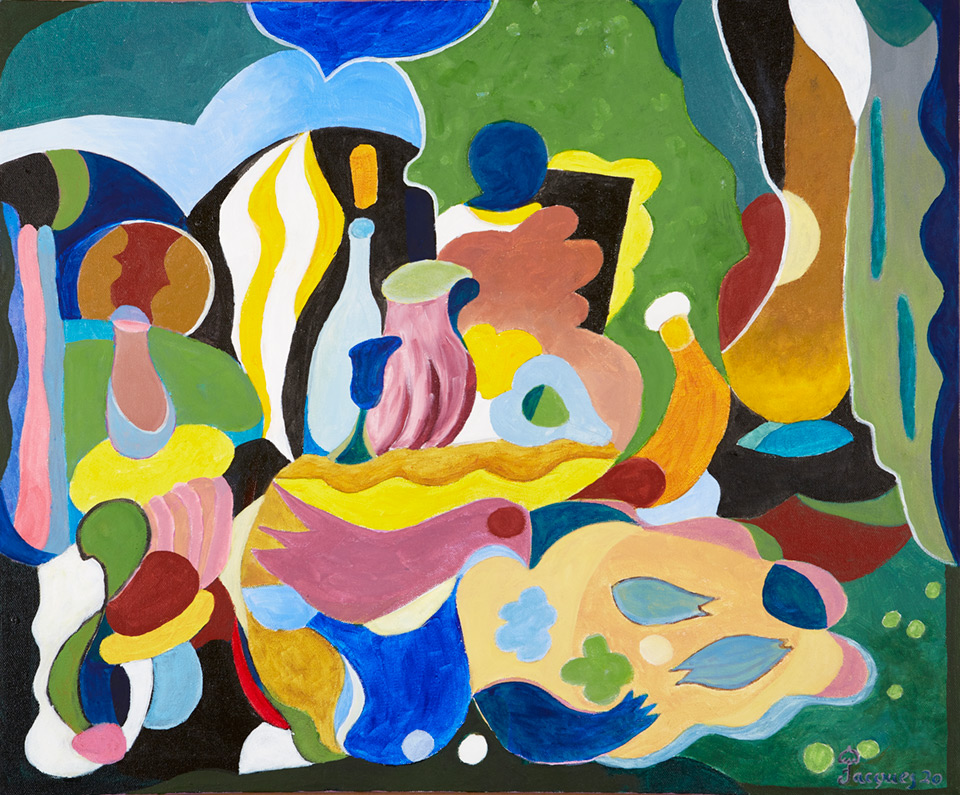¡Hola mundo!
7 octubre, 2025Mastering precision on the path of chicken road transforms each jump into thrilling opportunities fo
7 octubre, 2025Cover image
A redirection has been made from YourArt to ArtMajeur, as the two platforms have merged. All content, artworks, and artist spaces are now available here. You can continue browsing on ArtMajeur, the largest online art platform in the world aliante-casino.com/slots/tiki-torch/.
It is not easy to define what makes art dealers “best” or “famous”. Galeries that reach and stay at the top often represent now well-known artists, they have a strong global presence through physical locations and a regular attendance at art fairs. Largest mega art galeries name include :
With a mission to create an online marketplace that is simple, secure, and profitable for artists everywhere, ArtMajeur has created the world’s first global virtual art gallery with over 10 million visitors. ArtMajeur offers you exclusive prices on original artworks by emerging and established international artists, shipping worldwide in 24 to 48h to your doorstep for free. Enjoy our selection of original artworks and high-quality prints that will make perfect gifts or decorate your walls with style!

Empire of the Sun artwork
Conflict, Time, Photography is curated at Tate Modern by Simon Baker, Curator of Photography and International Art, with Shoair Mavlian, Assistant Curator, and Professor David Mellor, University of Sussex. It is organised by Tate Modern in association with the Museum Folkwang, Essen and the Staatliche Kunstsammlungen, Dresden, where it will tour in spring and summer 2015 respectively. The exhibition is also accompanied by a fully-illustrated catalogue from Tate Publishing and a programme of talks, events and film screenings at Tate Modern.
“The idea of photographing absence became really important,” says Baker. “War is about destruction, removing things, disappearance. A really interesting photographic language about disappearance in conflict emerged and it is extremely powerful. How does one record something that is gone?””
It’s through this historical lens that Ms. Ractliffe views landscape: as morally neutral terrain rendered uninhabitable by terrible facts from the past – the grave of hundreds of Namibia refugees, most of them children, killed in an air raid; the unknown numbers of land mines buried in Angola’s soil. Some are now decades old but can still detonate, so the killing goes on.”
![]()
Conflict, Time, Photography is curated at Tate Modern by Simon Baker, Curator of Photography and International Art, with Shoair Mavlian, Assistant Curator, and Professor David Mellor, University of Sussex. It is organised by Tate Modern in association with the Museum Folkwang, Essen and the Staatliche Kunstsammlungen, Dresden, where it will tour in spring and summer 2015 respectively. The exhibition is also accompanied by a fully-illustrated catalogue from Tate Publishing and a programme of talks, events and film screenings at Tate Modern.
“The idea of photographing absence became really important,” says Baker. “War is about destruction, removing things, disappearance. A really interesting photographic language about disappearance in conflict emerged and it is extremely powerful. How does one record something that is gone?””
Cinematic artwork
Would you like to discover more scenes inspired by famous paintings? Filmmaker Vugar Efendi has compiled a series of videos (Film meets Art) featuring a variety of homages and settings drawn from art masterpieces!
Cinema has often been inspired by paintings, which is unsurprising, considering both art forms are visual manifestations and manipulation of life. Both are starkly distinct and, at times, conflicting mediums. However, despite differences, filmmaking has been considered painterly and proven to be so countless times now by the incorporation of paintings in cinematic frames. Some of these incorporations are intentional, while some may be accidental, revealed only in retrospective analyses. Nevertheless, the parallels between the two forms remain intriguing in both cases.
The blog will also discuss the impact of this fusion on contemporary art, exploring how the blurring of boundaries between film and painting influences current artistic practices and future trends. We will conclude by reflecting on the significance of this interdisciplinary approach and encouraging readers to explore paintings with cinematic qualities, deepening their appreciation for the intricate relationship between these two powerful forms of art.